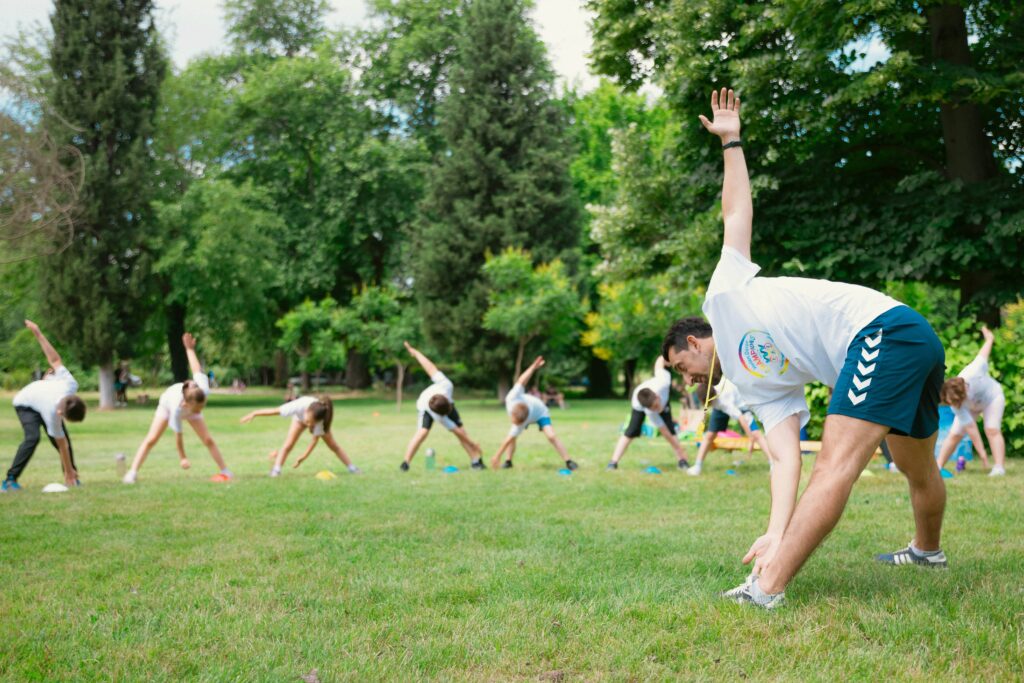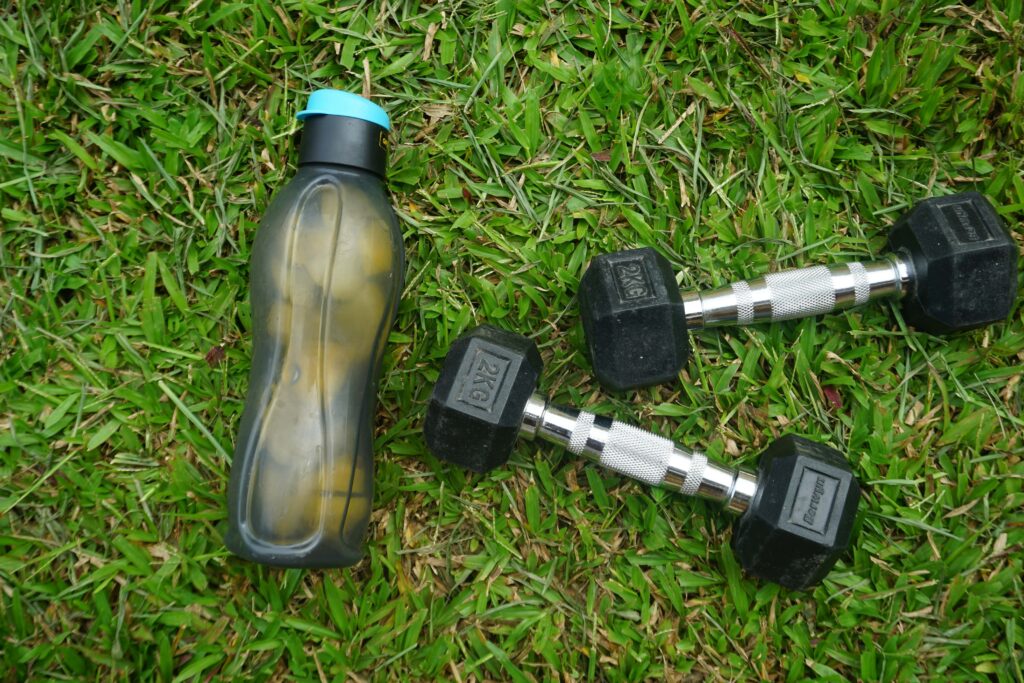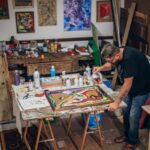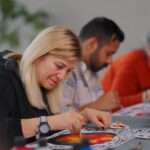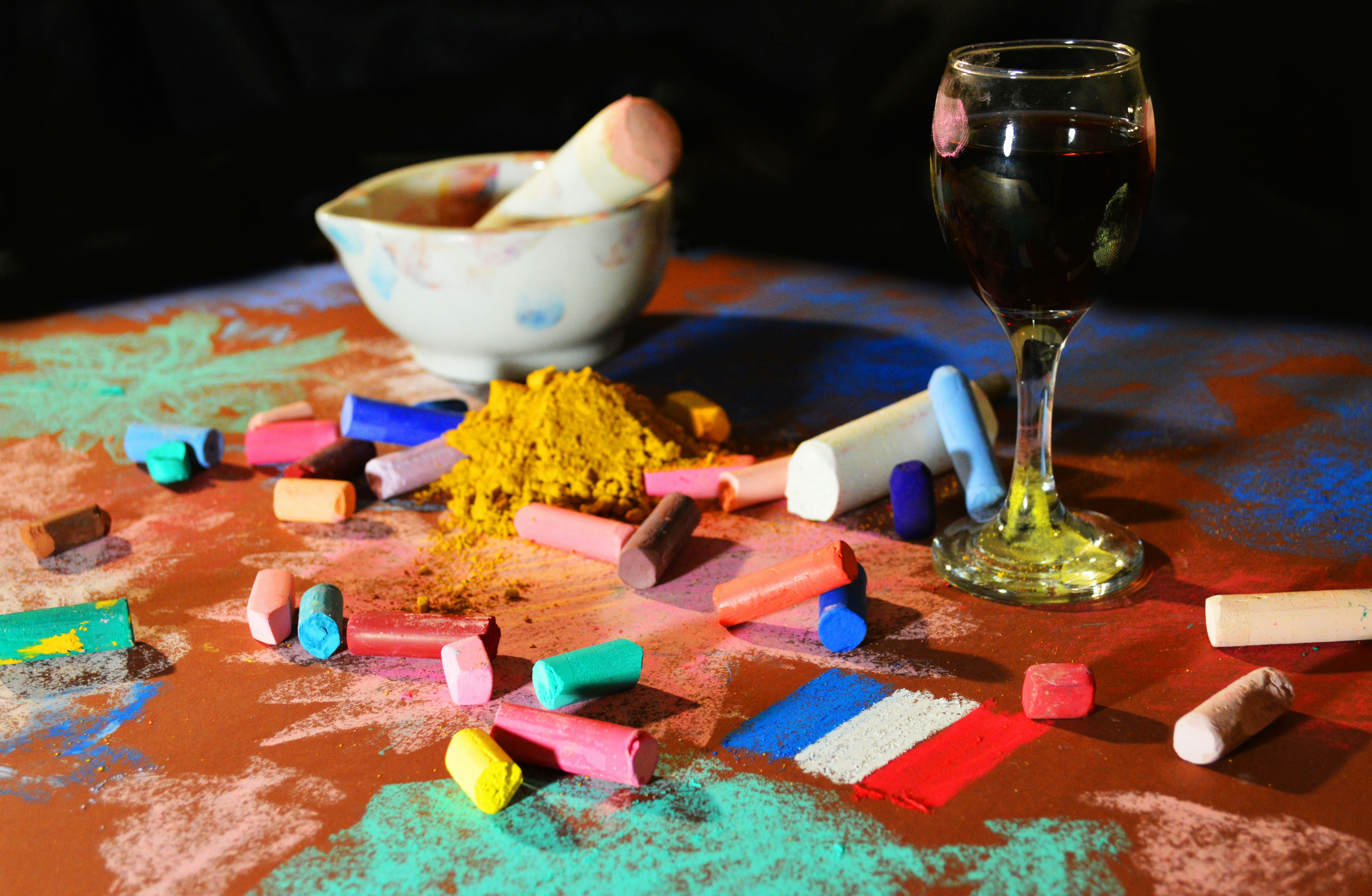Now Reading: How Creative Therapy for Addiction Recovery Promotes Healing and Emotional Growth
-
01
How Creative Therapy for Addiction Recovery Promotes Healing and Emotional Growth
How Creative Therapy for Addiction Recovery Promotes Healing and Emotional Growth
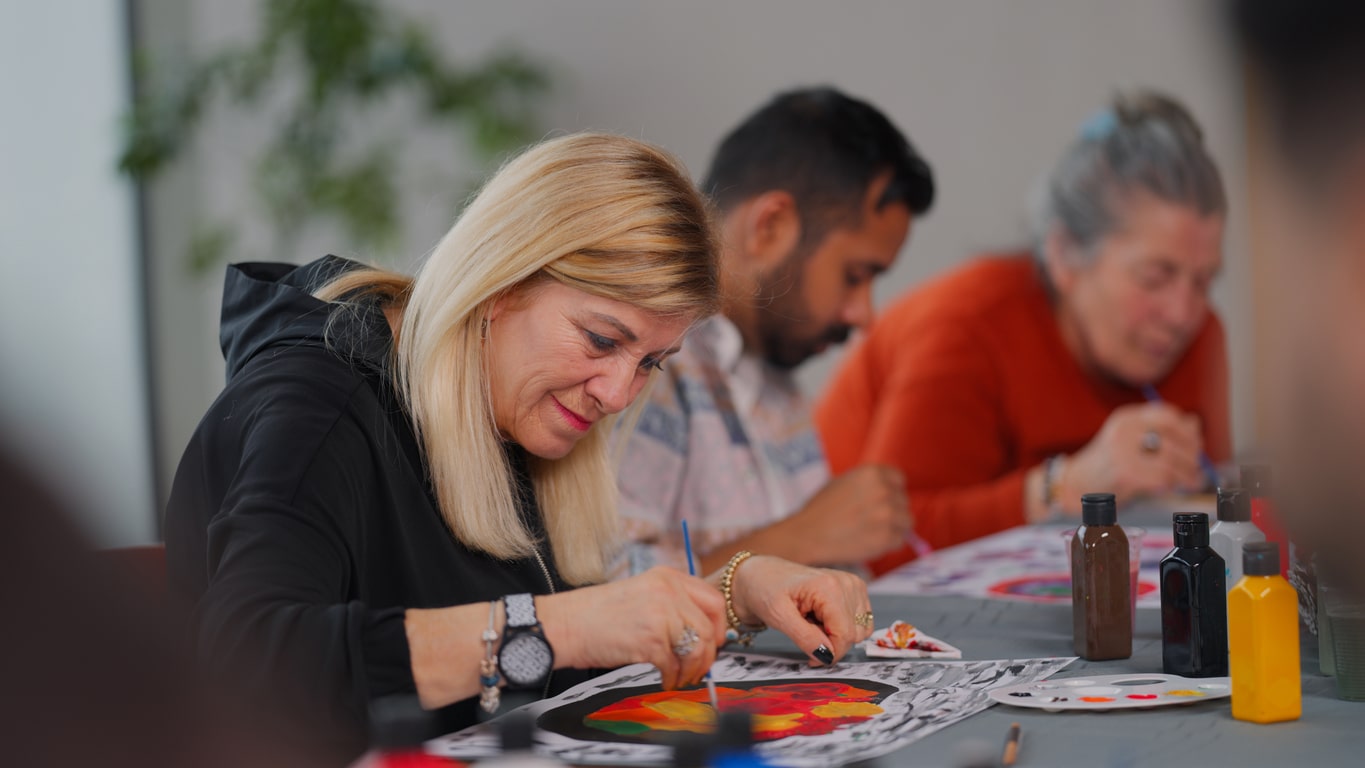
Addiction recovery is more than just stopping the use of drugs or alcohol. It’s a deep, personal process that requires emotional healing, self-discovery, and the rebuilding of identity. For many, traditional talk therapy alone may not be enough. That’s where creative therapy for addiction recovery plays an important role.
Creative therapy uses expressive tools like art, music, dance, and writing to help individuals explore their inner world. It offers a safe space to process feelings, release pain, and find new ways of coping. Through creativity, people can reconnect with themselves and build a foundation for lasting sobriety.
In this article, we’ll explore how creative therapy for addiction recovery helps reduce stress, supports healing, and improves emotional expression—without needing to be an artist or musician to benefit.
What Is Creative Therapy?
Creative therapy (also known as expressive arts therapy) is a form of therapy that encourages self-expression through artistic and sensory experiences. It’s not about making “good” art. It’s about using the creative process to explore thoughts, emotions, and memories that are often difficult to put into words.
In addiction recovery, creative therapy is often integrated into holistic treatment programs and includes practices like:
- Art therapy (drawing, painting, collage)
- Music therapy (listening, songwriting, drumming)
- Dance or movement therapy
- Creative writing or poetry
- Mindfulness-based creative practices
These tools support healing by helping people process trauma, reduce anxiety, and build self-esteem.
Why Creative Therapy Is Effective in Addiction Recovery
1. Supports Emotional Expression
Many people who struggle with addiction have learned to suppress or numb their emotions. This emotional avoidance can make it difficult to heal or move forward.
Creative therapy for addiction recovery allows individuals to express what they’re feeling without needing to talk about it directly. A brushstroke, melody, or movement can carry the weight of emotions that are too painful or confusing to speak aloud.
A 2016 study published in Art Therapy: Journal of the American Art Therapy Association found that participants who engaged in art-making were better able to access and express complex emotions, leading to reduced symptoms of anxiety and depression 1.
2. Reduces Stress and Promotes Relaxation
In recovery, managing stress is essential. Stress is one of the biggest triggers for relapse. Engaging in creative activities helps calm the nervous system and promote a sense of peace.
Whether it’s painting in silence, writing a poem, or playing a drumbeat, these acts draw the mind away from cravings and into the present moment.
A 2018 study in Arts & Health revealed that even just 45 minutes of art-making significantly lowered cortisol levels—the body’s primary stress hormone 2.
Creative therapy helps individuals not only cope but thrive during their recovery journey.
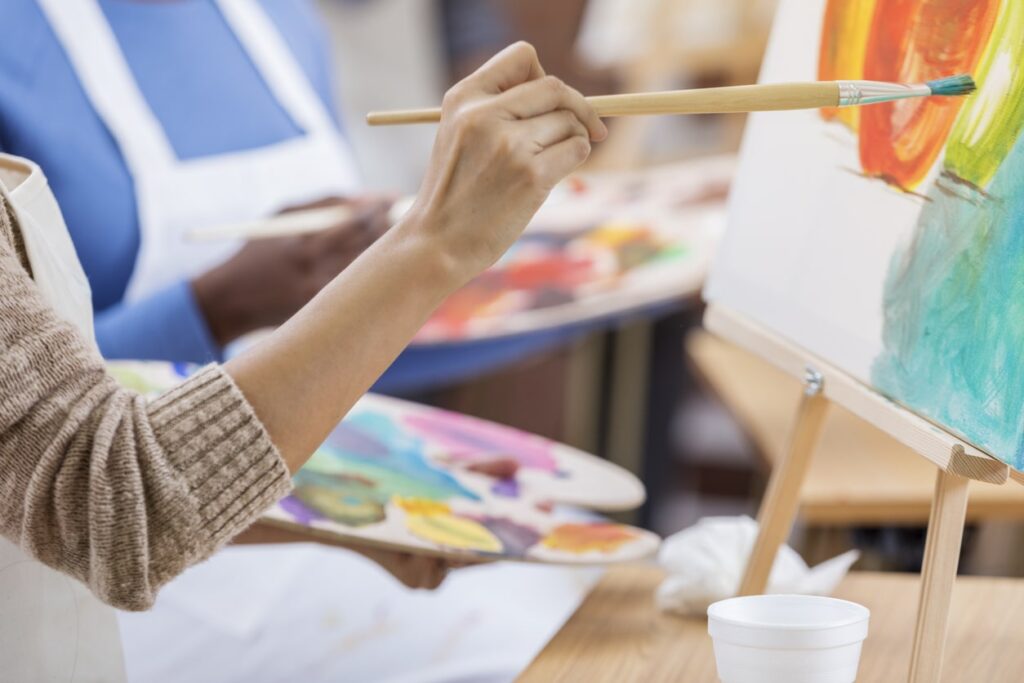
3. Encourages Mindfulness and Presence
Mindfulness is a key part of staying grounded in recovery. Creative practices naturally foster mindfulness by encouraging focus on colors, sounds, textures, and sensations.
Music therapy, for instance, allows participants to immerse themselves in rhythm and sound. This connection helps calm the mind, reduce overthinking, and build emotional awareness.
Creative therapy for addiction recovery invites people to slow down and tune in. It helps them respond rather than react to thoughts or cravings.
4. Builds Self-Esteem and Identity
Addiction often leads to feelings of guilt, shame, and loss of identity. Creative therapy helps people rebuild confidence and see themselves in a new light.
When someone completes a painting, writes a song, or performs a dance, they feel a sense of accomplishment. This can boost self-worth and remind them that they are capable, talented, and growing.
Creative expression also allows individuals to explore who they are beyond addiction—what they enjoy, believe, and hope for.
Types of Creative Therapy in Practice
Art Therapy
Participants use materials like paints, clay, markers, or collage to express feelings or visualize their recovery journey. Common activities include drawing emotions, creating a “self-portrait,” or mapping life milestones.
Music Therapy
Music can be soothing or energizing. Clients might write lyrics about their recovery, play instruments in a group, or explore how different songs make them feel. Music therapy improves mood, memory, and social connection.
Writing and Poetry
Writing helps people organize their thoughts and process experiences. Recovery-based prompts like “write a letter to your addiction” or “describe your future self” can unlock healing and reflection.
Dance and Movement
Body movement helps release trauma stored in the body. Dance therapy encourages freedom, self-connection, and the physical release of emotional tension. It’s especially helpful for those who feel disconnected from their bodies.
Real-Life Story: Healing Through Music
Jake, 30, entered a treatment program after a decade of opioid use. Traditional therapy helped him understand his addiction, but he still felt numb inside—until he picked up a guitar.
“In music therapy, I didn’t need to explain everything. I played what I felt. The chords became my voice. It helped me cry, laugh, and feel again.”
Jake eventually wrote songs about his recovery, shared them with others, and discovered a passion that gave him purpose. For him, creative therapy for addiction recovery was the key to reconnecting with himself.
The Science Behind Creative Therapy
Creative therapy isn’t just emotional—it’s biological too. Expressive arts activate parts of the brain associated with reward, memory, and emotion regulation.
In fact, engaging in creative activities helps the brain form new neural pathways, which support long-term recovery and emotional balance.
A 2021 review in Frontiers in Psychology concluded that creative therapies led to improved outcomes in treatment for substance use, particularly in individuals who had not responded well to traditional talk therapy 3.
How to Get Started with Creative Therapy
You don’t need a formal program to begin exploring creative therapy. Start small, stay open, and allow yourself to create freely without judgment.
Ideas to try at home:
- Keep a recovery journal or write poems
- Draw or color while listening to calming music
- Create a “vision board” for your future
- Dance to your favorite songs when feeling overwhelmed
- Try guided art prompts from online recovery resources
If you’re in treatment or therapy, ask about expressive arts programs. Many rehab centers and outpatient programs now offer creative therapies as part of their holistic care.
Final Thoughts: A Creative Path to Recovery
Healing from addiction isn’t just about stopping something harmful—it’s about creating something meaningful. Creative therapy for addiction recovery opens the door to emotional healing, self-discovery, and lasting change.
Through art, music, writing, and movement, people in recovery find their voice, release pain, and rediscover joy. You don’t need to be an artist to benefit. You just need a willingness to try, express, and feel.
Let creativity be your companion on the journey. It might just lead you to the most powerful version of yourself.
Sources
- Kaimal, G., Ray, K., & Muniz, J. (2016). Art Therapy Reduces Anxiety and Improves Emotional Expression. Art Therapy: Journal of the American Art Therapy Association. ↩
- Walsh, R. & Gale, C. (2018). Reduction of Cortisol through Art-Making. Arts & Health. ↩
- Stuckey, H. L., & Nobel, J. (2021). The Connection Between Art and Recovery. Frontiers in Psychology. ↩
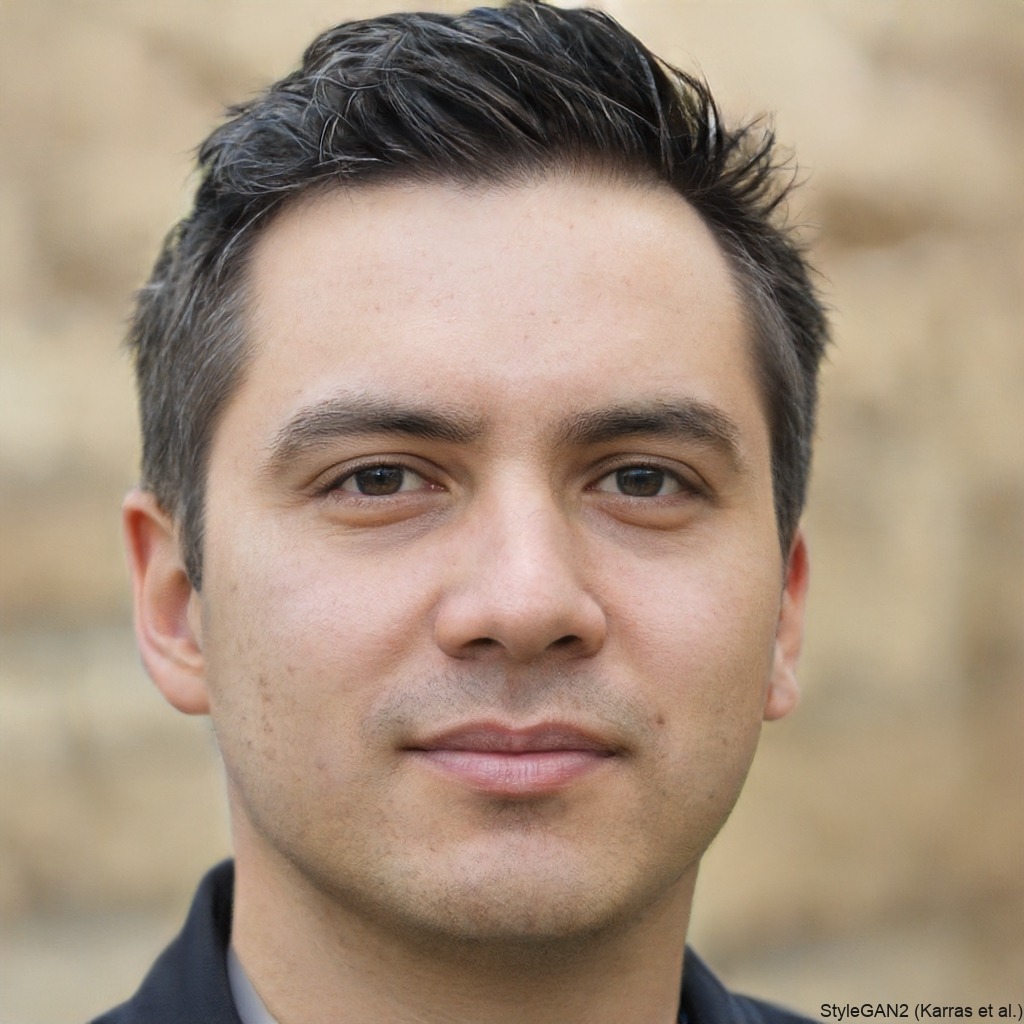
Kevin Fletcher is a seasoned writer with over 10 years of experience crafting engaging and informative content in the health, fitness, and wellness industries. Passionate about helping readers live healthier lives, Kevin combines research-backed insights with practical tips to inspire positive change.

